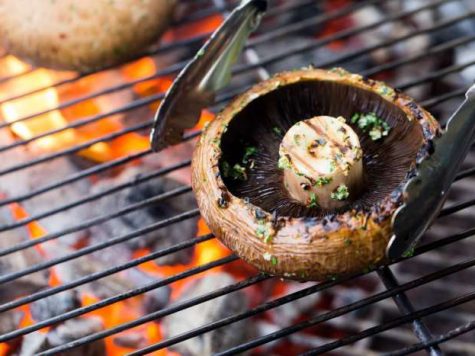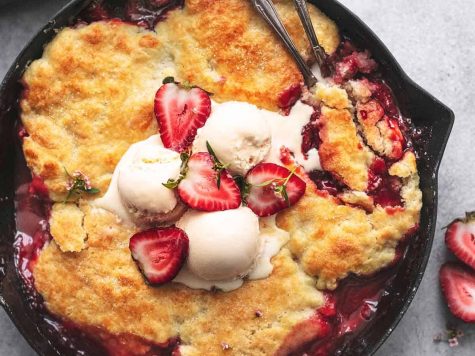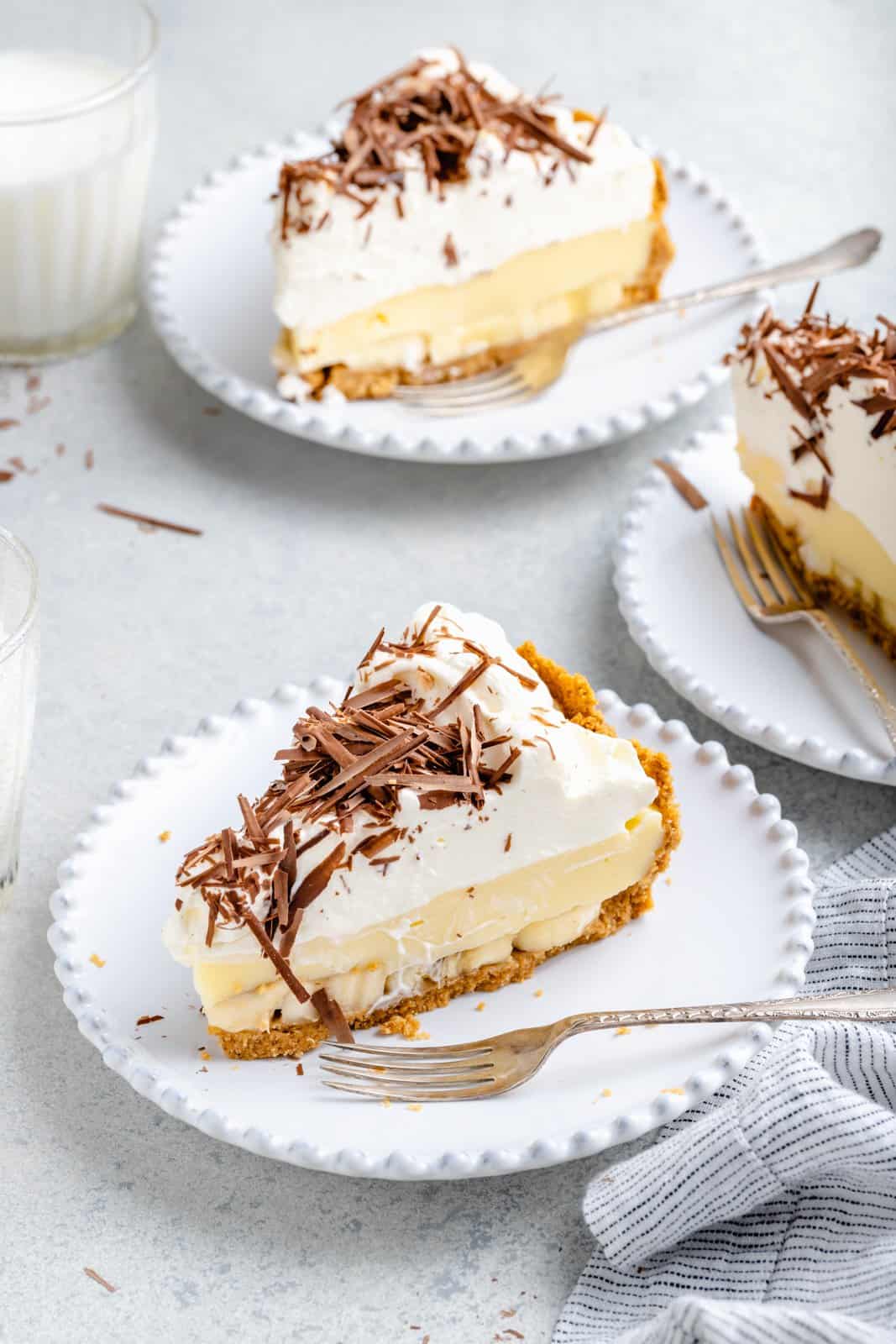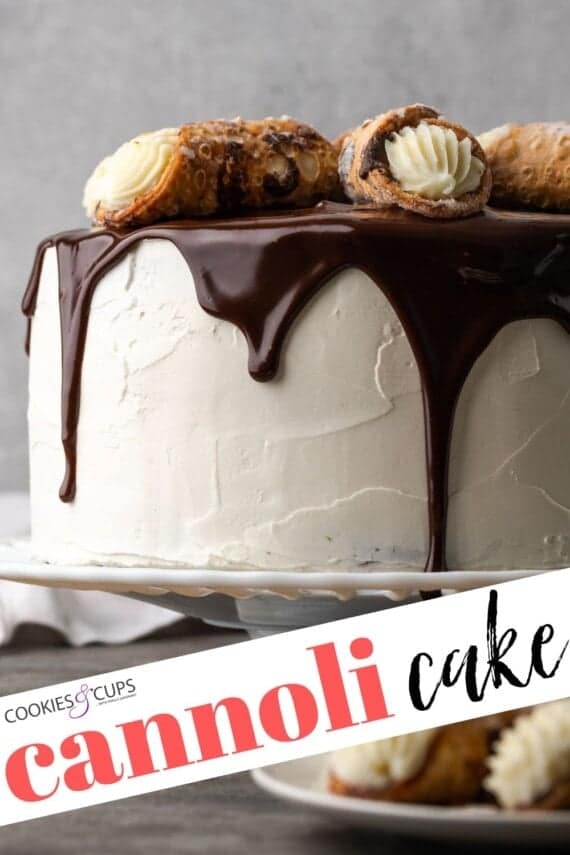I first made my own homemade pie crust from scratch when I was just 9 years old and have been doing it ever since. I still remember the day because my Mom and I spent most of it roasting sugar pumpkins to make an uber creamy and sweet pumpkin pie filling.
To this day, I still make my all my pies and pie crusts from scratch. Not only is it nostalgic, but also therapeutic and 10x better than any store-bought pie crust. The love and care that goes into baking homemade pies is one of kind, and so today, I’m going to share all of my tips and tricks for making the best, flaky pie crust recipe that’s made with all butter and zero shortening. It’s truly foolproof and no fail, and I’m SO excited for you to try it.

Butter vs. shortening in pie crust
The debate of butter vs shortening in pie crust has been going on for decades, but personally, I believe an all butter pie crust to be better for a few reasons.
- Butter has better flavor and texture than shortening. So while shortening does have a higher melting point, butter will give you a better flavored crust with delicious flaky pockets.
- Butter will produce a slightly flakier crust. Since butter has a higher water content when compared to shortening, it’s going to produce a slightly flakier crust. You’ll also notice that an all butter pie crust will have a puffier crust due to the layers of butter essentially steaming within the flour.

Ingredients in the best homemade all butter pie crust
My all butter pie crust calls for a few simple ingredients that you likely already have in your pantry, which is another reason why it’s so great.
- All purpose flour
- Salt
- Sugar
- Very cold unsalted butter
- Vodka
- Ice water
Equipment needed to make pie crust
You’ll need these three pieces of equipment to ensure perfect pie crust success:
- Food processor (or you can use a pastry cutter): you can use either but I prefer to use a food processor for ease.
- Rolling pin: essential to rolling out pie dough. Always make sure your rolling pin is well floured before rolling.
- Pie pan: a classic glass pie pan is perfect for baking your pies.

How to make perfect flaky pie crust
There are a few essential tips and tricks to ensuring perfect flaky pie crust that you’ll need to master:
- Make sure your butter is VERY cold. Chilled butter is best when making pie crust, especially since you’ll be working with warm hands. My recommendation is to dice up the butter, place on a plate and set in the freezer for at least 15-30 minutes. This will also give you the opportunity to get all of your ingredients out and ready to go.
- Use vodka. I recommend using vodka in your pie crust to achieve a perfect, flaky crust. If that’s not possible for you, then you can replace vodka with 1 tablespoon buttermilk or cider vinegar, I wouldn’t use more than a tablespoon though (the rest of the liquid should be water.) This is also assuming you are only making a single pie crust instead of a double.
- Allow your pie dough to rest in the fridge for at least 30 minutes. Resting your pie dough in the fridge will allow gluten to relax, the butter to harden and firm up within the pockets of flour and give you a flaky, perfect crust.
- Thaw out your pie dough for a few minutes before rolling. Before you roll out your dough, allow it to sit out at room temperature for 5-10 minutes so that it’s easier to roll.
- Try not to overwork the dough. Don’t spend a ton of time processing the dough in the food processor; you really only need to pulse it 10 times to get the butter to come together into the dough before adding your liquid.
- Chill your crust in the pie pan before adding your pie filling. After rolling out your dough and placing it in your pie pan, cover the pie crust and place it back in the fridge to get the dough back to being very cold by chilling the fat in the crust. Again, this is best for achieving a flaky pie crust and helping to keep the shape of your crust upon baking.
Why use vodka in pie crust?
I first remember hearing about using vodka in pie crust from Cook’s Illustrated, and it’s transformed my pie crusts into flaky little goddesses. Essentially, the theory is that vodka adds moisture to the dough and also prevents gluten in the pie crust from over-developing, leaving you a flakier pie crust and a pie dough that’s easier to work with.
Do not try to substitute another alcohol in for the vodka as you will not end up with the same results. If you want to try a substitute, you can subbing in a tablespoon of cider vinegar, or a tablespoon of buttermilk in place of the vodka.

Can you freeze pie dough?
Yes! I love freezing pie crust before baking because then anytime I want to make a pie all I have to do is thaw it out and roll. Making and freezing pie dough ahead of time is also a great way to save time during the hectic holiday season.
There are two options for freezing pie dough.
- Freeze, then roll out later. This is my favorite option. First make the recipe as instructed, then wrap in plastic wrap then wrap in foil and place in a reusable or freezer safe bag and freeze for up to 3 months. Once ready to make your pie, you can thaw the frozen pie dough in the refrigerator for a few hours, then roll it out and place in your pie pan.
- Freeze in the pie pan. To save additional time, you can freeze your pie crust before baking right in your pie pan. Simply roll out the dough, then freeze in the pie pan you plan on baking in. You’ll just need to make sure it’s well-wrapped with plastic freezer wrap, foil and then places in a freezer bag. Once ready to bake you can add your filling directly to the frozen crust and bake your pie as your normally would. You just may need to add 5-10 minutes more baking time.

See how to make an all butter perfect pie crust:
Do you have any tips or tricks for making the best pie crust? I’d love to hear from you — leave a comment below!
How to Make the Perfect All Butter Flaky Pie Crust

Learn how to make an all butter pie crust that’s flaky, easy and absolutely delicious! Watch a simple video tutorial to see how to make and shape the perfect pie crust. Using these tips and tricks, you’ll be baking delicious homemade pies in no time.
- For the crust:
-
½
cup
butter (1 stick) -
1
cup
all-purpose flour, plus additional for dusting -
½
teaspoon
salt -
½
teaspoon
sugar -
1
tablespoon
vodka -
2-3
tablespoons
ice cold water, plus more if necessary
-
Before you make the crust, cut the butter for the crust into small cubes and set on a plate. Place in the freezer for 15-30 minutes so it gets VERY COLD. While you do this, you can get all of your other ingredients out and ready to go.
-
To make the crust: Add the flour, sugar and salt to a food processor and pulse a few times to combine. Add the VERY COLD butter cubes and pulse again for 20-30 seconds until pie dough starts to resemble tiny peas.
-
Next, add 1 tablespoon of vodka, then add in 2-3 tablespoons ICE COLD water to the dough. Pulse until dough comes together just a bit, resembling small beads. The dough should still be somewhat crumbly; I recommend squeezing a small amount of dough between your fingers; it should stick together well, but if it doesn’t and is very crumbly, add more ice water, 1/2 tablespoon at a time, until it just comes together. If your dough is too wet, add flour 1/2 tablespoon until it comes together. I usually don’t mess with ratios too much because this is what works for me. Do not overwork the dough.
-
Place dough onto a well-floured surface and form into a disk shape, then wrap with plastic wrap or in a reusable bag. Chill in the fridge for at least 30 minutes or up to 2 days. Dough can also be frozen for up to 2-3 months if well wrapped in both plastic and then foil.
-
Once dough has been chilled for at least 30 minutes, place dough on a VERY well-floured clean surface and use a floured-rolling pin to roll the dough into a round shape about 1 1/2 inches larger than an upside-down 9-inch pie plate. Fold dough in half to help transfer to place in pie plate. Unfold and ease the dough into the pan. (If you mess up, that’s completely okay — just reshape the dough into a disk and roll out again.) Trim the extra crust around the edges of the pie plate and discard excess dough. Flute the edges of the crust however you’d like (I normally use my finger and thumb to pinch the dough or you can use a fork!). Cover the pie crust tightly with plastic wrap and place pie pan in the refrigerator while you prepare your pie filling. Makes 1 pie crust. Feel free to double the recipe to make a double pie crust.
Do not try to substitute another alcohol in for the vodka as you will not end up with the same results. If you want to try a substitute, you can subbing in a tablespoon of cider vinegar, or a tablespoon of buttermilk in place of the vodka.
How to freeze pie crust:
Freeze, then roll out later. This is my favorite option. First make the recipe as instructed, then wrap in plastic wrap then wrap in foil and place in a reusable or freezer safe bag and freeze for up to 3 months. Once ready to make your pie, you can thaw the frozen pie dough in the refrigerator for a few hours, then roll it out and place in your pie pan.
Freeze in the pie pan. To save additional time, you can freeze your pie crust before baking right in your pie pan. Simply roll out the dough, then freeze in the pie pan you plan on baking in. You’ll just need to make sure it’s well-wrapped with plastic freezer wrap, foil and then places in a freezer bag. Once ready to bake you can add your filling directly to the frozen crust and bake your pie as your normally would. You just may need to add 5-10 minutes more baking time.
Nutrition
Servings: 1 pie crust
Serving size: 1 slice (based on 9)
Calories: 139kcal
Fat: 10.2g
Saturated fat: 6.4g
Carbohydrates: 10g
Fiber: 0.4g
Sugar: 0.2g
Protein: 1.4g




